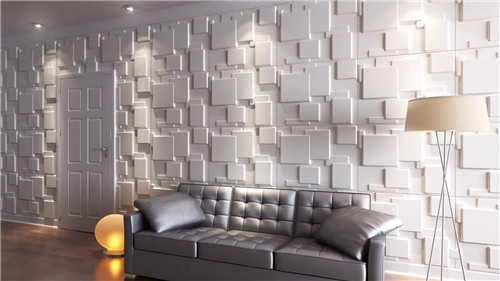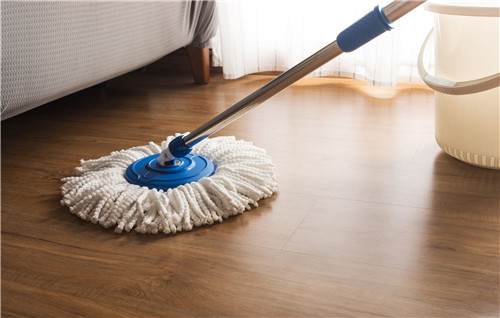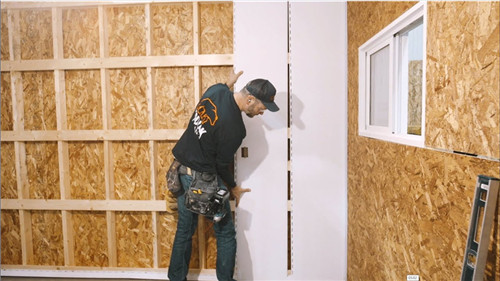Of the most common objectives in home improvement, it’s redesigning walls and surfaces. A more practicable manner in receiving a new and up-to-date look is by using PVC panels. The panels are known for being strong as well as attractive, yet very easy to maintain. The frequently asked question here is whether or not PVC panels can be directly glued on top of existing tiles. In short, this is a yes, but to have a great installation that will last for long, several key criteria have to be met. So in this article, we will tackle the benefits, considerations as well as the step by step process of installing PVC panels on tiles.
Features of PVC Panels
The benefits associated with PVC panels make them very popular among a large number of homeowners and laborers.
The PVC panels feature extremely high mechanical strength, durability, and long service life, very high performance in areas with high levels of humidity, such as bathroom and kitchen settings. Besides, they are resistant to mold and mildew, more common impacts of tiles and grout in older installations.
Low Maintenance: Cleaning a PVC panel is easy, as one simply needs to wipe it with a clean, damp cloth to maintain its newness. Because there are no grout lines, such panels never become gray and never need rigorous scrubbing of any nature at all.
Design Flexibility: PVC panels are designed with options for a variety of colors, patterns, and textures that resemble wood, stone, and much more, depending on the house owner’s design preferences.
Insulating Properties: PVC panels increase thermal and sound insulation; hence, more comfort in living rooms. They stabilize indoor temperatures and reduce noise levels, making homes cozier and more energy-saving.
Affordable: PVC panels alternate in cost compared to some other wall covering that can be purchased. Easy and fast installation significantly reduces the cost of labor required for house improvement.

Considerations Before Installation
While it is the case that PVC panels can be installed over tiles, a few considerations must be examined to have the best result:
Ideally, the tiles should be in good condition with no loose pieces, no small cracks, and such that the surface is grease, dirt, and soap residue-free. All broken tiles must be repaired, and the loose ones removed.
Adhesion: Best adhesion of the PVC panels is obtained when the surface is clean, smooth, and even. Tiles that have deep grout lines or irregularities may require extra preparation, such as filling the grout lines with an appropriate filler to level them. Moisture control: Examine the tiles for any underlying moisture problems to prevent moisture from being trapped between the tiles and the PVC panel, leading to mold.
Ventilation: In areas such as bathrooms, confirm after the work to make sure that there is good aeration to avoid the accumulation of steam between the panels and the tiles.
Weight and Thickness: Do not relent on consideration of the weight and the thickness of PVC panels. Some panels could be over heavy or much thick for certain uses and could, due to this, be affected by adhesion to the tiled surface.
Graduated Installation Process
If installation of PVC panels over the tiles has to be an easy process, it can only be simple if done in an organized and structured way. Given below is a step-by-step guide by which installation can be made smooth and effective:
Cleaning the Surface
Use an appropriate degreaser and light abrasive cleaner for cleaning the tiled surface. The base should be as clean as possible for good adhesion of the PVC panels. Rinse very well and let it dry properly. The dry surface will not allow retained moisture, hence preventing mold formation.

Examine tiles for Damage
Replace or take out any loose or cracked tiles. If the grout lines are deep patches with a filler compatible to make an even surface. Also permits the PVC panels to be glued into place securely and lay flat on the wall. Sand the surface to eliminate any irregularities after filling.
Measuring and Cutting
Measure areas to be covered to quantify the number of PVC panels to be bought. This is very important to prevent wastage and for a continuous join. Cut the PVC panels to their required length using a toothsaw or utility knife. Measure twice and cut once to avoid mistakes that can result in gaps or overlaps.
Application of Adhesive
Select good quality adhesive capable of fixing PVC to ceramic, porcelain, or vitrified tiles. Ensure more than that the adhesive is recommended only to apply according to the manufacturers recommendation to ensure an even spread. Do not over-apply, or you will have trouble getting your surfaces even, and it will be difficult to ensure ease of getting your paneling aligned
Install the Panels
Start the installation in one corner by pressing the PVC panels on the tiled surface, so demarcate the arrangement in a straight line. Take this action to the opposite corner; ensure that the leveling stick is in place to make sure that the levels are even without any lean on the edges. Press down evenly to ensure that adhesion is uniform and try as much as possible to prevent an air bubble from forming. If it forms, try and press the air out immediately using panel pressing.
Seal Edges
After putting in place all the panels, a waterproof seal should be applied to the edges and joints between the panels. This is very important, actually, for wet areas that include the bathroom. It will prevent seepages of water from behind the panels, which may damage them and foster the growth of mold. Applying a good sealant will make the installation equally neat and finished.
Finishing Touches
Install trim or molding around the edges of the panels. This will complete the look, in addition to maintaining the panels in place. Besides, the edges will be protected from any form of damage. Choose one that will work with the design of the panels and with the overall decoration of the room.

Conclusion
The process of mounting PVC panels over tiles is very practical and efficient when renovating the look of an area without much physical destruction. Careful preparation of the tiled surface will be coupled with a well-highlighted process of installation to assist the owner in getting a sturdy, beautiful, and low-maintenance wall covering. Apart from their function, particularly the decorative value, PVC panels offer many extra benefits like better insulation and protection from moisture. With their multipurpose nature and ease of installation, PVC panels are a superb choice for modern home renovations.
Post time: Aug-20-2024
